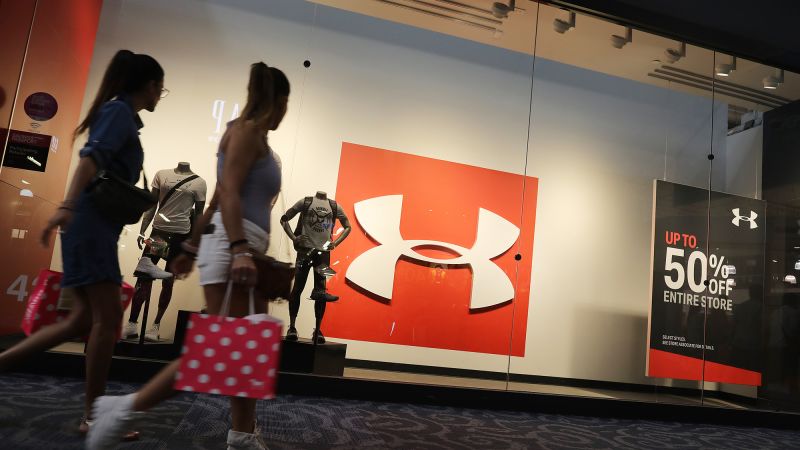Under Armour, founded by a 23-year-old former college athlete, has faced major challenges in recent years. Despite initially being seen as a competitor to Nike, the brand has struggled to maintain sales and stock value, with sales falling and stock plunging 88% from its all-time high in 2015. Industry experts attribute these struggles to an identity crisis, management controversies, and a failure to adapt to changing market trends. Kevin Plank, the founder, has returned as CEO in an effort to turn the company around.
The company’s early success was built on a moisture-wicking T-shirt called “The Shorty,” which gained popularity among professional athletes and led to rapid growth. By 2010, sales had surpassed $1 billion, but the momentum has since declined. Recently, Under Armour announced a restructuring of its business, with a focus on selling fewer but more innovative products, accelerating product development, and refocusing on men’s apparel. Layoffs will be part of this effort, along with a $500 million share buyback.
Management issues have also plagued Under Armour, with frequent turnover in the CEO position hindering the company’s ability to stay agile and decisive. The company has faced challenges with distribution, including the bankruptcy of Sports Authority in 2016, a major customer. Legal issues, such as a lawsuit from UCLA over a sponsorship deal, and a settlement with the SEC over past accounting practices have also added to the company’s troubles.
One area of strength for Under Armour has been its celebrity-brand partnerships, particularly with Dwayne Johnson and in the world of golf. However, the brand has struggled to compete with other athletic brands in the athleisure trend that has dominated consumer fashion in recent years. Analysts suggest that Under Armour needs to identify consumer preferences and adapt its product offerings accordingly to remain relevant in the market.
Despite its challenges, Under Armour has the potential to regain its standing in the sportswear market by focusing on clear brand identity and evolving its products to meet changing consumer demands. The brand’s partnerships with athletes like Stephen Curry have helped to maintain visibility, but competition from other brands, such as Nike and Skechers, remains fierce. The future success of Under Armour will depend on its ability to adapt to market trends and establish a clear identity in the ever-evolving sportswear industry.













